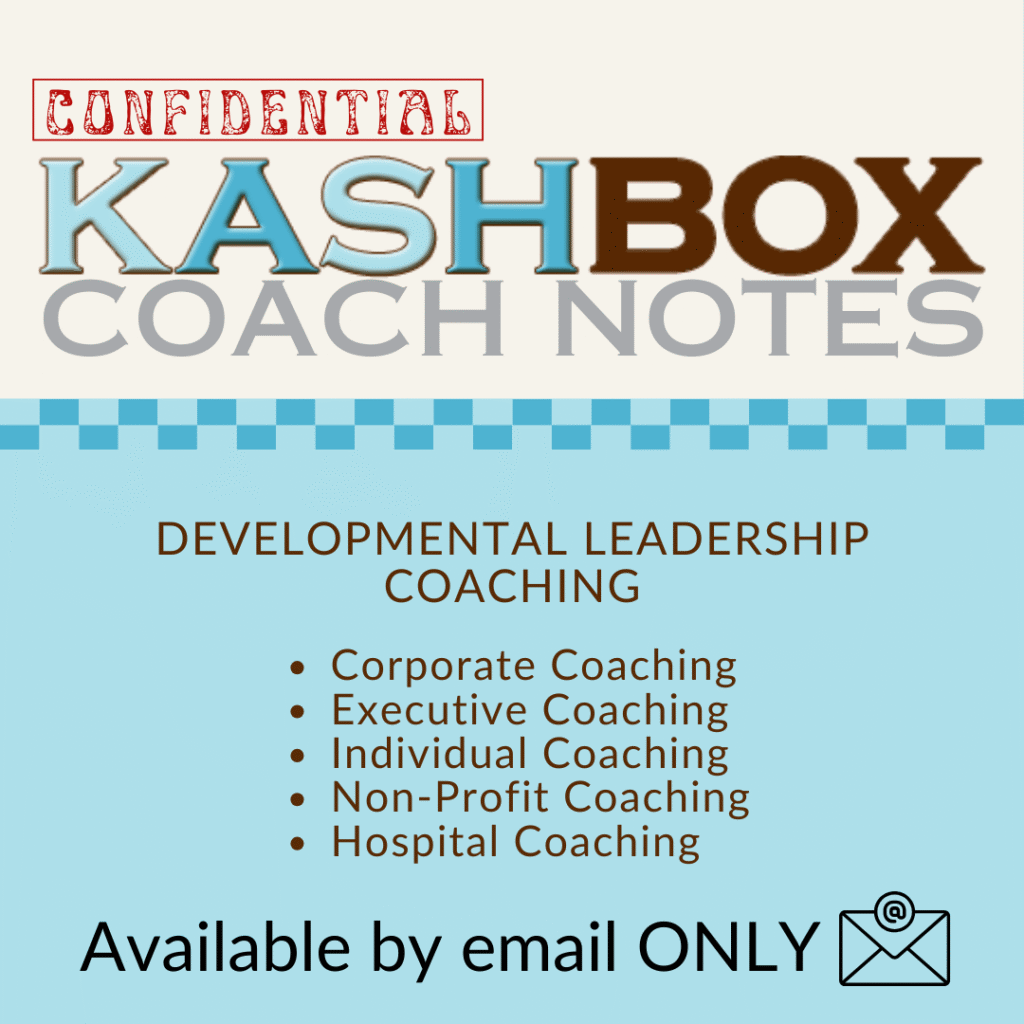Most of us are not highly skilled in win-win confrontations, so we feel stuck between a rock and a hard place. Instead, leadership coaching can help leaders learn and practice positive confrontations: addressing the issue to support the well-being of self, others, and the relationship between the two.
What has been your experience with confrontations? When did you last initiate one?
Confronting someone for their behavior today is no easy feat, especially when emotions are easily triggered and opinions vary. When expectations are unmet, protocol infractions, civil disobedience, illegal behavior, and everything in between become the norm. Frustration, lack of accountability, and broken relationships become the norm. But those who foster positive confrontations can create win-win-win solutions.
You likely avoid confrontations if you’re like many of the people I speak with. And I don’t blame you: we don’t want to worsen matters. But, when we say nothing, we perpetuate the problem (and, in some cases, become co-conspirators.)
What if we could make a positive difference?
Calculating Risks and Rewards in Confrontations
Conflicts can range from disappointments (i.e. someone not meeting our expectations) to micro aggressions, to outright dangerous and/or illegal behavior. And yet, we are often hesitant to say anything. Why is that?
Our willingness to speak up changes based on what’s at stake. In general, most of our daily conflicts boil down to:
▶ Priority or value differences
▶ Behavior or communication style differences
▶ Inequality (or perceived inequality)
In Crucial Accountability (McGraw-Hill Education, 2013), authors Kerry Patterson, Joseph Grenny, Ron McMillan and Al Switzler share their 30+ years study on confrontations. When they asked people why they remained (or became) silent in the presence of an injustice or violation of a social norm, the majority of responses were a version of, “it’s not worth it.” The perception was, they wouldn’t, or couldn’t, make a difference.
But here’s the thing: when a positive example of a successful confrontation is witnessed, people speak up.
According to the authors, “Provide individuals who have been disappointed or poorly treated with something to say and a way to say it that leads to the result they want, and their mental math changes. Better yet, their behavior changes. People now believe it’s in their best interest to step up to violated promises, broken commitments, and bad behavior. And they do.”

Ready to Find Your Perfect Kashbox Coach?
Every executive and business leader has unique strengths and faces specific challenges. That’s why we offer a diverse team of experienced coaches, each with specialized expertise in different areas of leadership coaching.
Click the button below to match with a Kashbox Coaching leadership coach who can best help you unlock your full potential.
Leadership Must Avoid the Blame Game
One of the biggest obstacles in confronting someone is the blame game.
Consider the observation made by comedian George Carlin: anyone driving slower than you is an idiot, and anyone driving faster than you is a maniac. It usually includes the question: “What is the matter with them?!”
When we ask ourselves, “What would lead a rational, reasonable, and reliable person to do that?” we move from a stance of blame to inquiry. We create a safer space for an actual exchange of ideas: the foundation for positive confrontations. When people feel safe, you can talk about almost anything.
People feel safe when they believe that:
▶ They are respected as human beings; there is or could be mutual respect for the other
▶ There is regard for their goals; there is or could be mutual purpose
Even in situations when you don’t know the other person, you send a message about your level of respect and regard. Positive confrontations require that you set the right tone from the offset. To pro-actively avoid or counter defensiveness, include the use of contrasting statements.
Let’s say, for example, you encounter someone at work who is not wearing a face mask, even though it is a company policy.
Lead the conversation with a contrast: “I don’t want you to think that I am criticizing you, your work, or your judgment. I want to discuss our company policy regarding face masks and how we can best support it.” Then, you can state the policy and why it is important to you and close with a sincere question, such as, “What do you think?”
Listen to their response, re-state or re-phrase what you heard them say (in positive terms and language), and ask them to commit to following company policy. Acknowledging their perspective (their thoughts, experiences, feelings, and understanding) can go a long way toward mutual support, commitment, and adherence to policy.
Positive Accountability
Positive accountability is the conversation that takes place after someone has made a commitment, and failed to keep it. Like positive confrontations, they often start with the question, “Why?” They become positive accountability confrontations when both parties are able and willing to comply to a solution, and the relationship is strengthened.
Patterson, Grenny, McMillan, and Switzler outlined a three-step process to address bad behavior, un-kept promises, or broken commitments that resulted in unmet expectations: CPR.
▶ Content: identify the action or event that occurred (the here and now).
Unbundle the problem. Identify all the elements.
Identify what is bothering you the most.
Be concise: communicate the issue in one (simple) sentence. It could be as simple as, “When you X, I feel Y, therefore Z.”
For example: “When you don’t wear a mask, I feel scared for your health and mine, therefore I would like you to wear a mask in this shared space.”
▶ Pattern: when the action or event recurs, address the pattern over time.
Point out the number of times this event occurred, what you agreed to, and how the repeated actions/events affect predictability, respect, and trust. This is different than pointing out the action or event. It requires honesty and respect.
For example: “It is my understanding that we agreed you would wear a mask in this public space, and this is the second time I have seen you not wearing one. I am concerned that I can’t count on you to keep your word.”
▶ Relationship: how this affects your relationship.
Explore the intentions and consequences with compassionate curiosity (for you, them, and others).
Share your understanding (about the content or pattern) and how you feel about the other person.
Share your objectives: what you want to happen in the future for you, them, and your relationship.
For example: “We agreed you would wear a mask in this public space, and this is the third time I have seen you not wearing one. This pattern is putting a strain on our relationship, and I am concerned about that. I want us to be able to trust each other, and to act with mutual respect.”
Receive [CONFIDENTIAL] Coach Notes directly to your inbox.
Your e-mail address is used to send you our newsletter and information about Kashbox Coaching’s activities. You can always use the unsubscribe link included in the newsletter.
Be Aware of Your Stories
It’s easy to become hooked by our emotions, especially when the stakes are higher. That’s why it’s so important to be aware of the stories we tell ourselves before, during, and after a confrontation.
When we tell ourselves that the other person (or organization) is the villain, we often end-up telling ourselves we are the victim, and we engage our amygdala: that reptilian brain responsible for fight, flight, or freeze.
But when we recognize and address our own fears, we are better prepared for a more neutral, compassionate, curious conversation that yields a win-win-win. Curiosity is a key component that helps us find common ground.
Confrontation Best Practices for People Pleasers
Confrontation and holding others accountable is not always easy (or end with the best results!) But if you want to grow personally and professionally, you must be willing to engage in conflict.
▶ Stay in the moment. If you find yourself focusing on, or getting caught in emotions, breathe. Label the emotion: there is fear; there is anxiety; there is anger. If you need to, take a break. Pause the conversation, provide a neutral reason (I’m sorry to interrupt you, but I need to take a quick break; can I get you anything?) Resume the conversation as promised.
▶ Listen more than you talk. The majority of your speaking time may be best spent asking questions to gain a better understanding. Get out of the way so you can hear what’s important. Pay attention to cues. Notice body language and what is not being said.
▶ Anticipate you will have a positive outcome. There is a big difference between being liked, and being respected. Conflict is an opportunity to repair and strengthen valuable relationships. It also helps you identify malignant relationships, and when absolutely necessary, remove yourself from the relationship with minimal damage.
Confrontation in a Virtual World
Even as we become more accustomed to virtual meetings, we still need to overcome the actual and perceived distance. Here are a few tips to prepare for your positive confrontation and accountability discussions:
▶ Create a sense of co-presence: the ability to feel like you can interact effectively with another person. Know your technology capabilities and limits. Use video, and keep your environment free from distraction.
▶ Practice eye contact. While it may feel awkward at first, practice gazing into the camera when speaking and alternate the camera and view of the other person when they are speaking.
▶ Be specific. As Art Markman, PhD, wrote in “How to Have Difficult Conversations Virtually,” Harvard Business Review (July 2019), “The more distant you are, the more abstractly you are likely to think about them.” Positive confrontations in a virtual world require specific feedback, not abstraction. Use the CPR method to outline your discussion and specific examples and keep you on track. When initiating the invitation to meet, use a contrasting statement to set the tone. Review what you agreed to, and establish next steps.
Follow-Up Best Practices
After a confrontation, you may be inclined to avoid that situation or person again. However, positive confrontations that create a win-win-win rely on a proactive follow-up that strengthens the relationship.
▶ Acknowledge the positive confrontation. Today, this will most likely be in the form of an email. Send a thank-you note for their time, engagement, and honesty. Summarize the conversation and individual and collective goals. If appropriate, reiterate your agreement and next steps.
▶ Reach out to build the relationship. Send an email, text, or call on an unrelated matter. This reinforces the message that you care about them and your relationship.

Creator of the KASHBOX: Knowledge, Attitude, Skills, Habits
Helping You Realize Your Potential
I help people discover their potential, expand and develop the skills and attitudes necessary to achieve a higher degree of personal and professional success and create a plan that enables them to balance the profit motives of their business with the personal motives of their lives.










